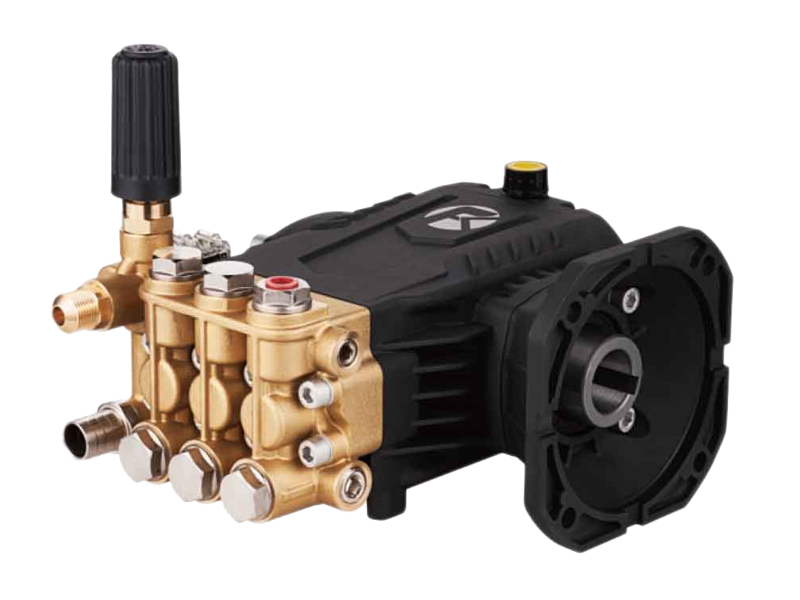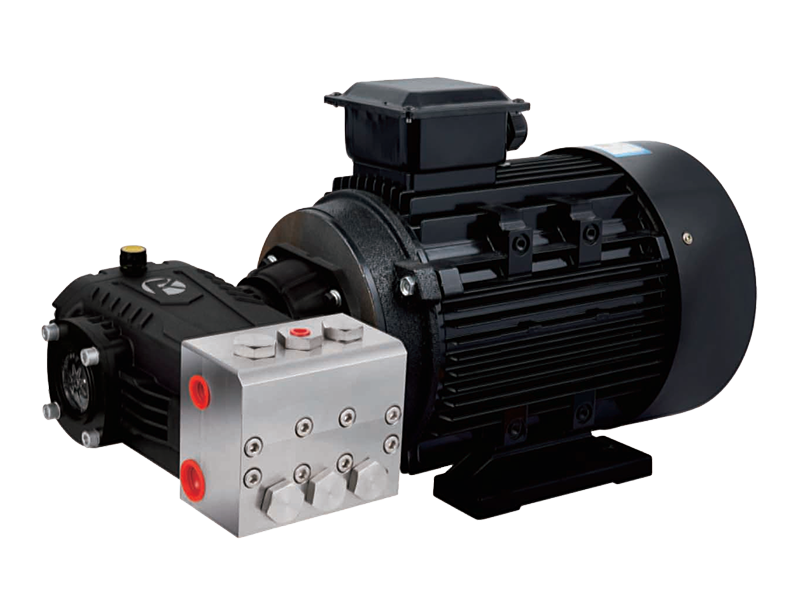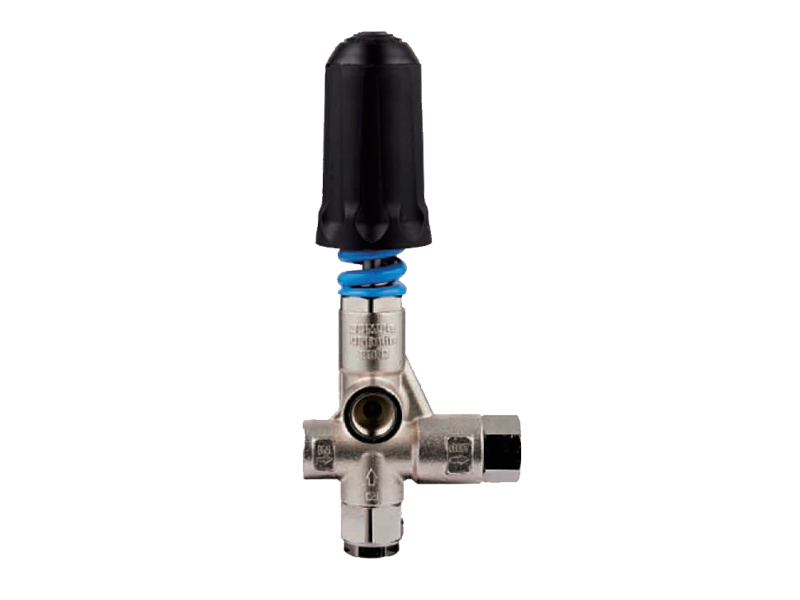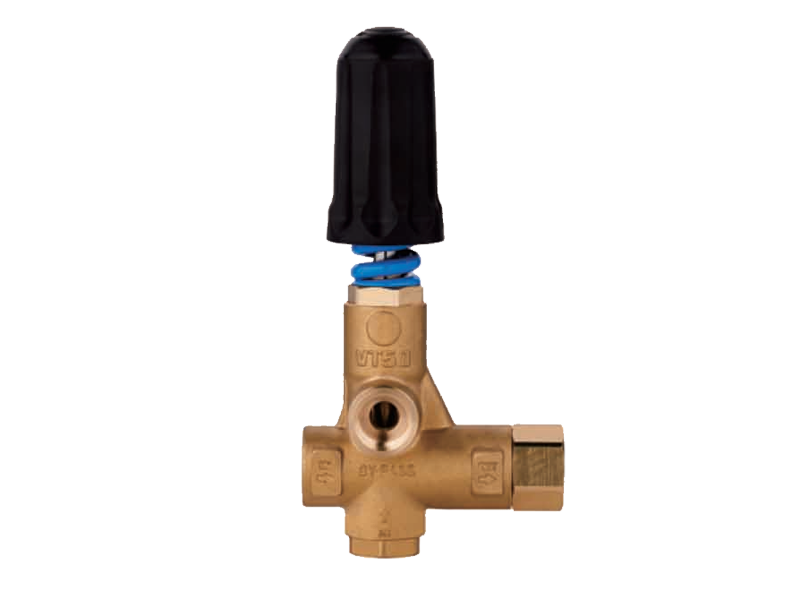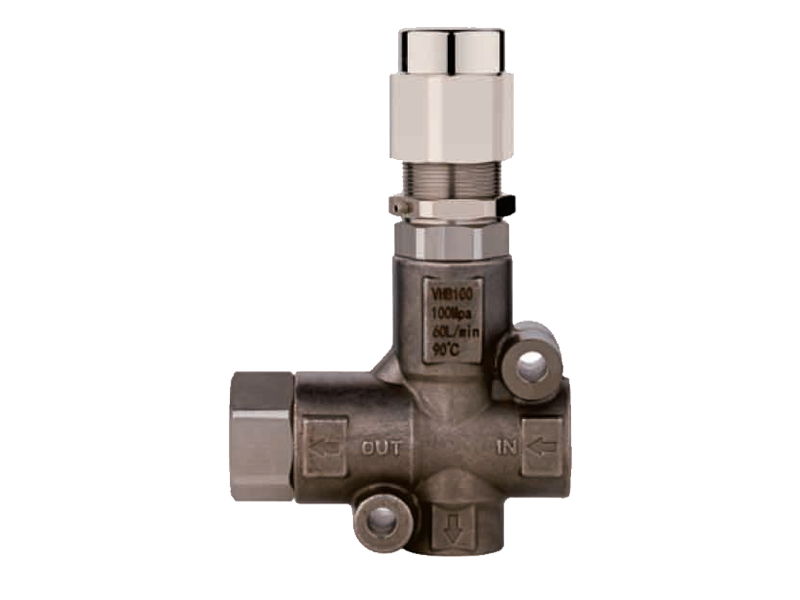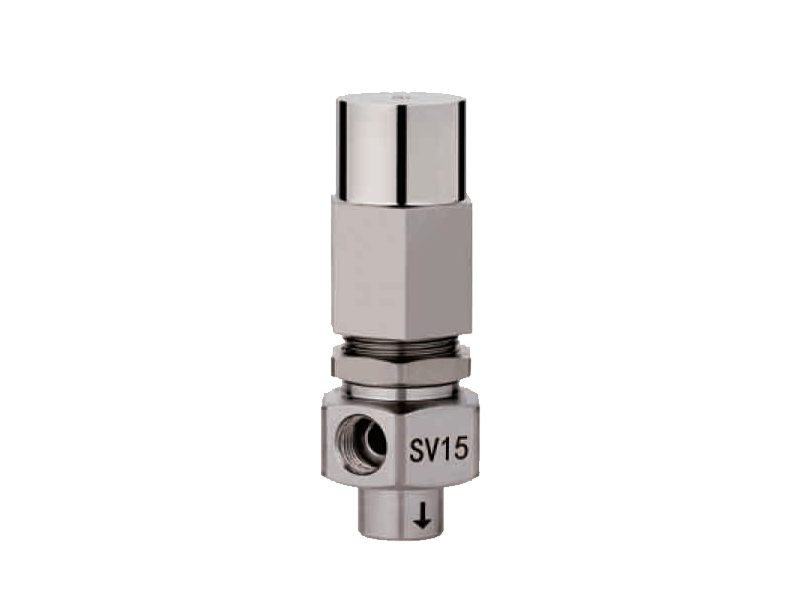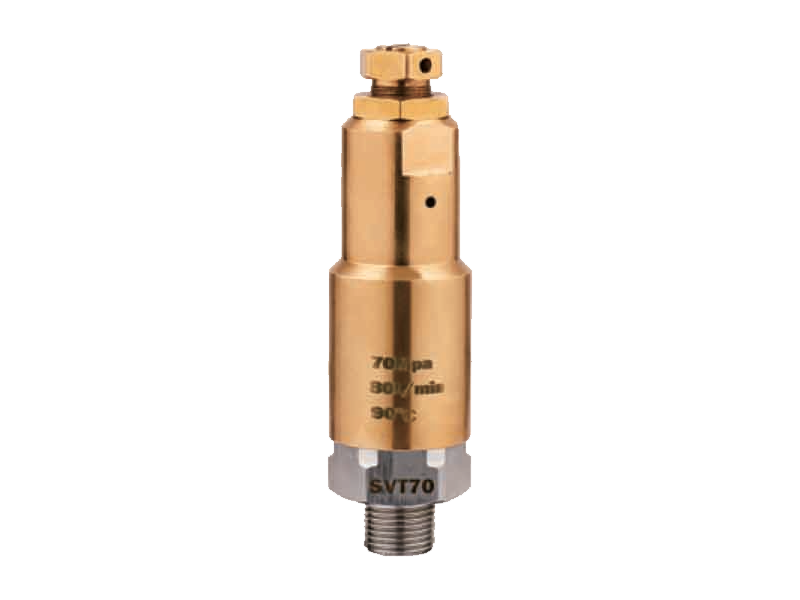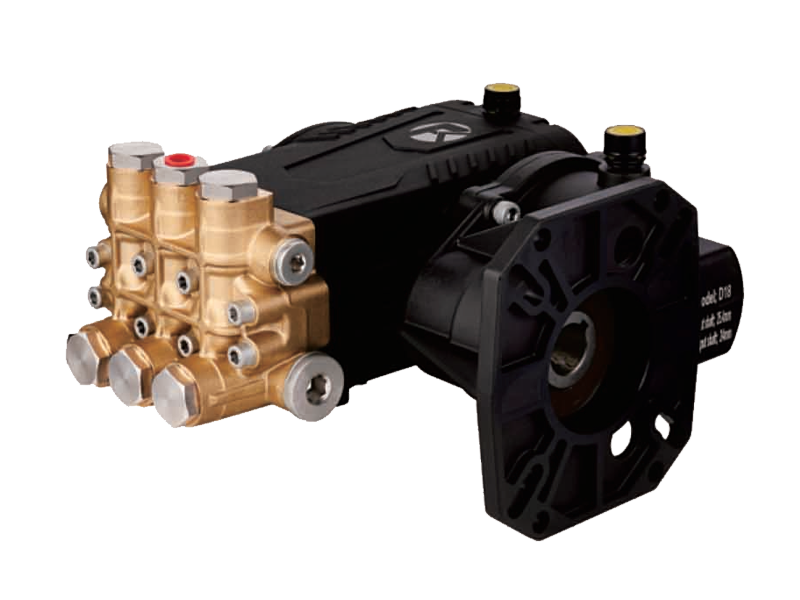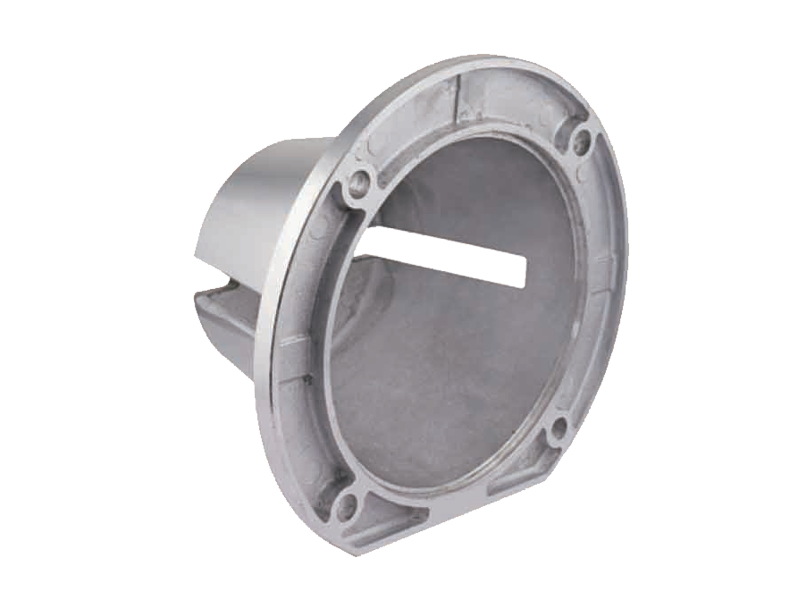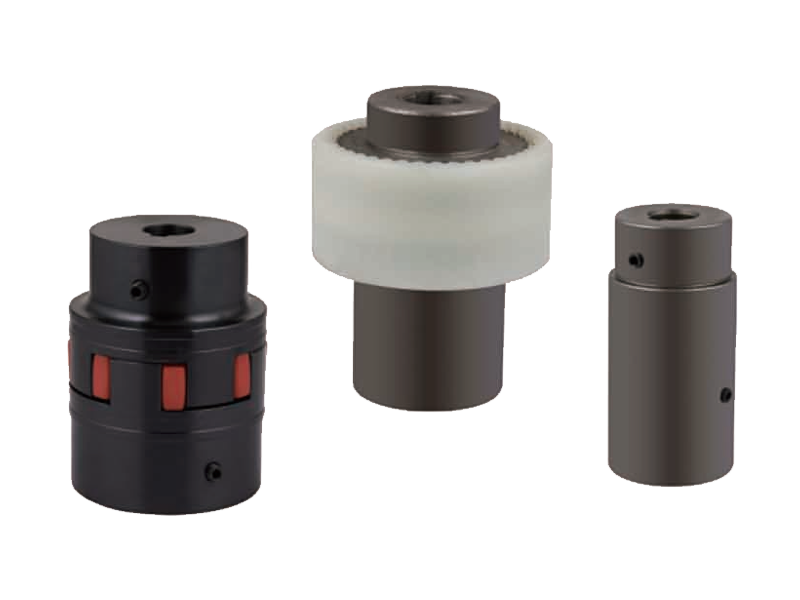Understanding the Importance and Performance of Sealing Systems in High Pressure Pumps
Introduction to High-Pressure Pump Sealing Systems
The sealing system of a High Pressure Pump is a critical component that ensures the pump operates efficiently and safely. Its primary role is to prevent fluid leakage from the pump casing and to protect the internal components from contamination. A well-designed sealing system enhances the reliability and longevity of the pump, making it a vital consideration in pump selection and maintenance.
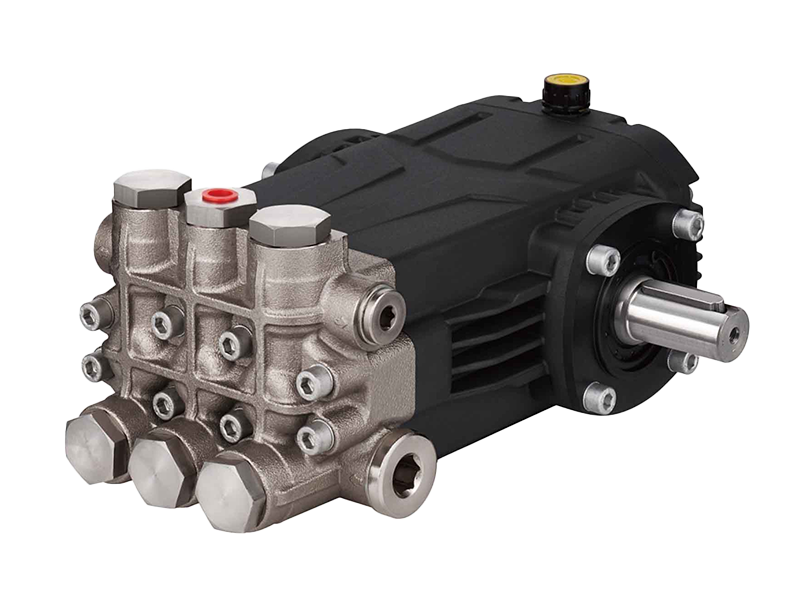
Types of Sealing Systems Used in High-Pressure Pumps
High-pressure pumps typically employ two main types of seals: mechanical seals and packing seals. Mechanical seals are favored in modern pumps due to their good leak prevention and lower maintenance requirements. These seals consist of rotating and stationary faces that create a tight seal under pressure. Packing seals, often made from braided materials, have been traditionally used but require regular adjustment and replacement. The choice between these types depends on the pump’s operating conditions, fluid characteristics, and maintenance capabilities.
Challenges Faced by Sealing Systems in High-Pressure Environments
Sealing systems in High Pressure Pumps operate under extreme conditions, including high pressures, temperatures, and sometimes abrasive or corrosive fluids. These harsh environments can accelerate wear and cause seal failure if the materials or design are inadequate. Seal leakage not only reduces pump efficiency but can also pose safety hazards and environmental concerns, especially when handling hazardous fluids. Therefore, the sealing system must be robust and tailored to the specific application.
Material Selection for Seals and Their Impact
The materials used in the sealing system directly affect performance and durability. Common materials include carbon, ceramic, tungsten carbide, and various elastomers. Carbon and ceramic offer good wear resistance and chemical compatibility, while tungsten carbide is preferred for highly abrasive conditions. Elastomer materials must be compatible with the pumped fluid to prevent swelling or degradation. Proper material selection ensures the seal maintains integrity over prolonged use and reduces downtime.
Innovations and Technologies in Pump Sealing Systems
Recent advancements have led to improved sealing technologies in high-pressure pumps. For example, double mechanical seals provide enhanced protection by using a barrier fluid between two sets of seal faces, ideal for toxic or hazardous fluids. Magnetic drive pumps eliminate shaft seals, using magnetic coupling to transfer torque, thus reducing leakage risk. Additionally, advanced seal monitoring systems allow real-time detection of seal performance issues, enabling predictive maintenance.
Maintenance Practices to Prolong Seal Life
Regular inspection and maintenance are essential to ensure the sealing system’s effectiveness. Monitoring for leakage, unusual vibrations, or temperature changes near the seal area can signal potential problems. Proper lubrication, alignment, and adherence to operational parameters prevent premature seal wear. Scheduled replacement based on manufacturer guidelines helps avoid unexpected failures, keeping the pump running smoothly and safely.
Conclusion: The Sealing System’s Role in High-Pressure Pump Reliability
In conclusion, the sealing system is a fundamental part of a high-pressure pump that affects its efficiency, safety, and longevity. Selecting the right type and materials of seals, combined with regular maintenance, ensures reliable operation even under demanding conditions. As sealing technologies continue to evolve, they offer better protection and performance, making them indispensable in modern high-pressure pumping solutions.


 English
English Español
Español русский
русский